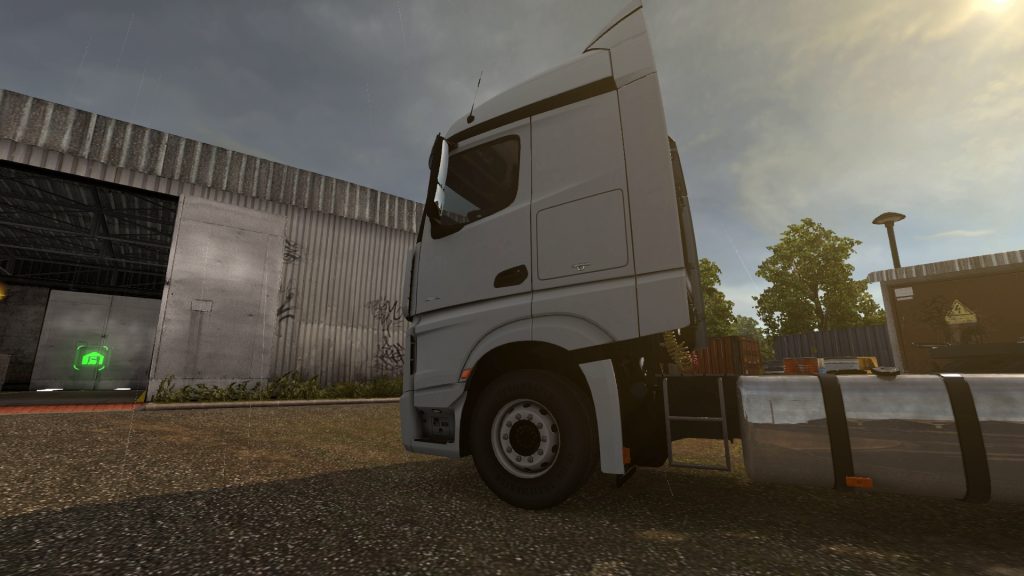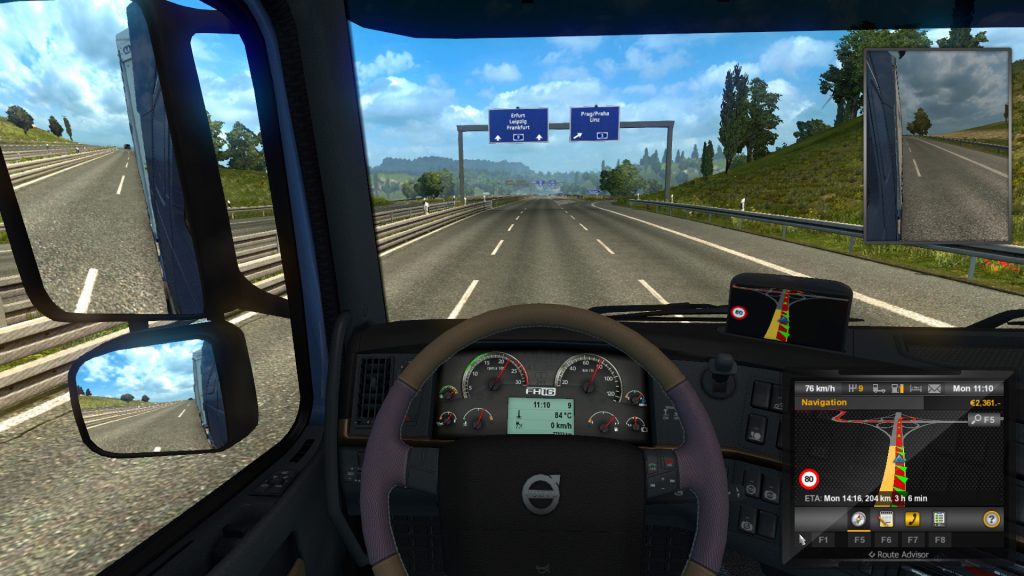Me the Truck Driver
During my ongoing literature review I often discover interesting facts about things I’ve never thought about. Sometimes I can connect these facts with my own observations: The result is mostly a completely new idea why things are as they are. Maybe these ideas are new to you, too. Therefore I’ll share my new science based knowledge with you!
This week: This time, I think about how games can provide a different perspective that allows for the development of an understanding for specific problems that often seem very annoying.
Driving behind a large truck often is annoying as it feels like a huge loss of time due to their slow speeds. Things even tend to get worse when the road features a lot of turns or uphill parts that even further reduce a truck’s speed. The annoyance is a result of our own desire to drive at speeds we personally like. Thus, we feel unhappy and potentially even get angry when we are stuck behind such a slow vehicle.
Unfortunately, it is also very easy to forget about the vehicle’s technical characteristics that mainly account for the slow speeds. Trucks transport heavy loads that cannot be quickly accelerated. For the purpose of transporting the carfgo, a truck’s transmission often features twice as much gears as a normal car thus allowing the truck to gradually accelerate despite the heavy trailer. At the same time, decelerating and driving through narrow turns is also problematic due to the high momentum of a fully loaded truck.

Players can drive a variety of different trucks
Recently, I played Euro Truck Simulator 2 again. The gameplay of this simulation game not only is relaxing, but also informs players about the challenges of driving those heavy vehicles. The game puts players into the role of a truck driver who can accept various transport contracts. The contracts then require the user to transport specific goods from one European city to a different one. As a result, most of the gameplay is spend on country roads or highways which mostly results in a very relaxing experience.
Driving those virtual trucks provides similar challenges to driving a real world truck. A player has to learn to work with the low gear ratio of the trucks to successfully drive them along the roads. Also, the game challenges players to back into the unloading space which is a difficult training process in itself. Players need to develop an understanding for the techniques of controlling a trailer when driving backwards to successfully deliver their cargo.

Driving along a highway
In the end, despite not being super realistic, the game allows for an interesting change of perspective and educates players about the challenges of a truck driver. This in return could result in a reduced amount of frustration when the player is once again stuck behind a truck while driving. Also, the game allows to practice difficult parking maneuvers which can be beneficial for every car driver. It would be interesting to test if the practiced game truck driving knowledge can directly be transferred to the real world.